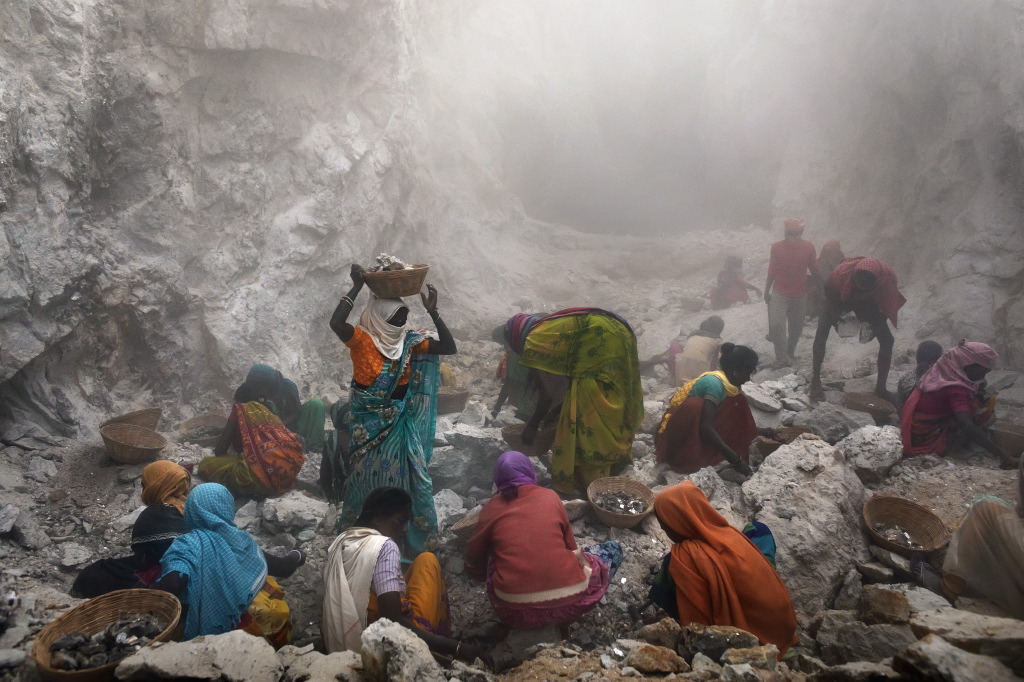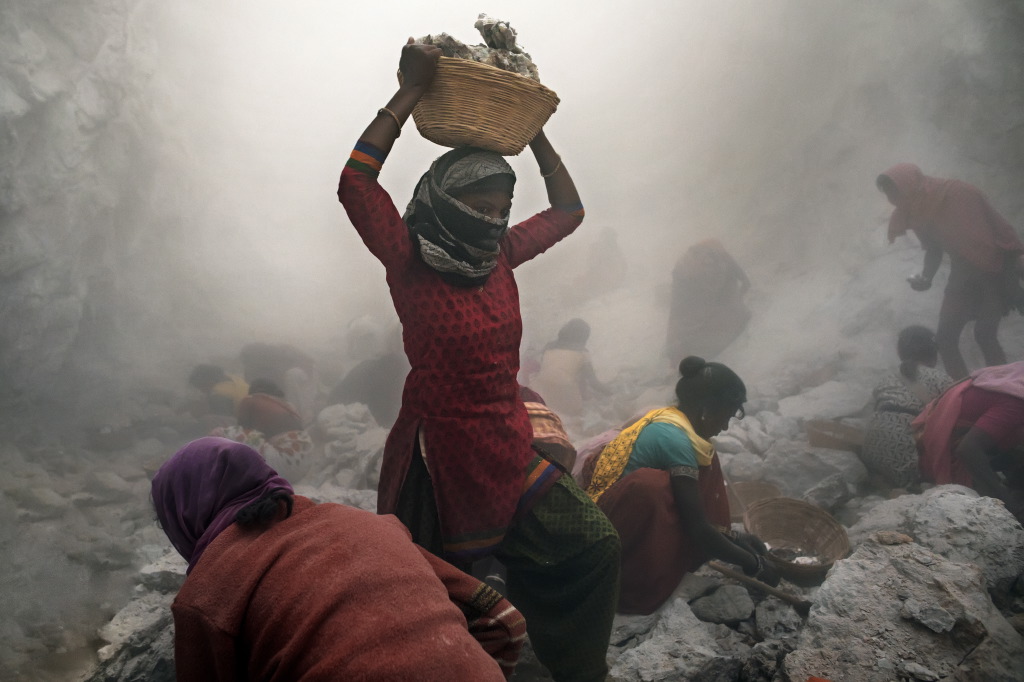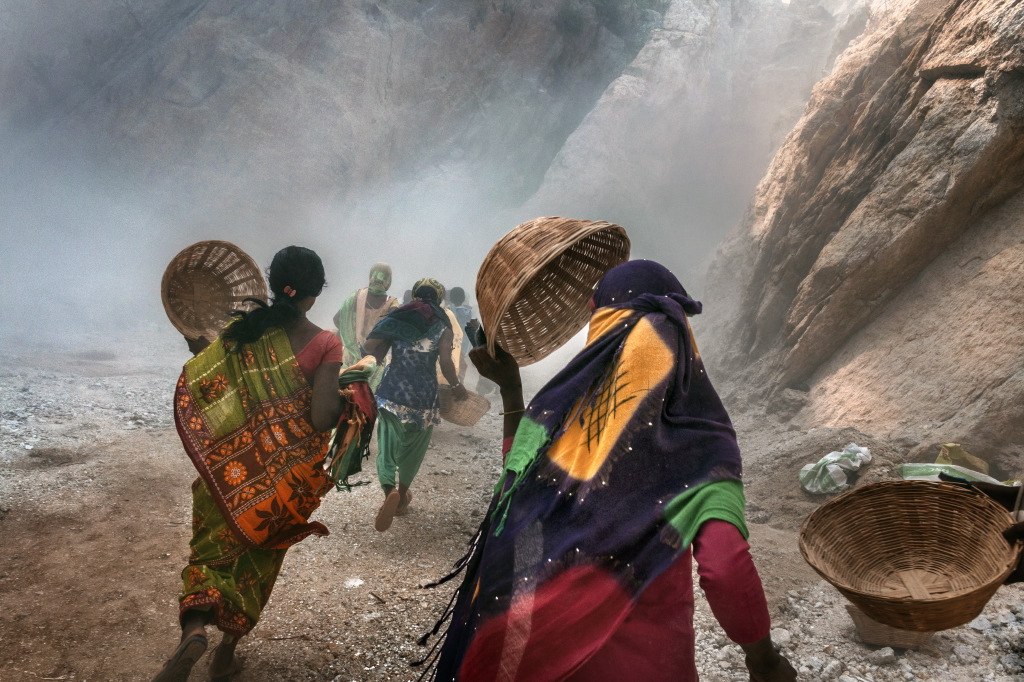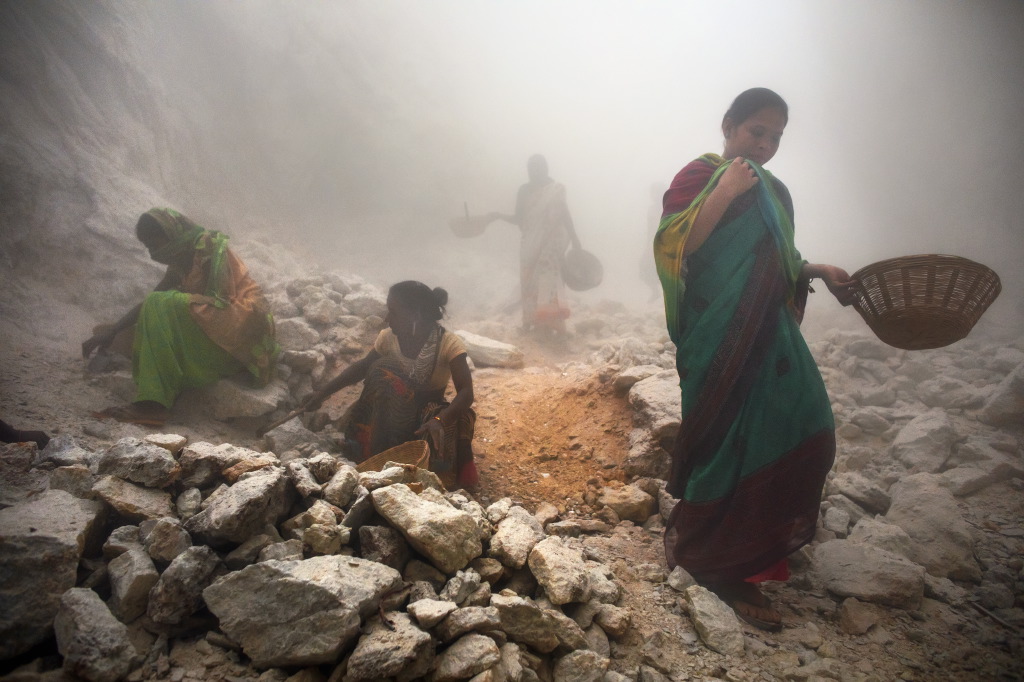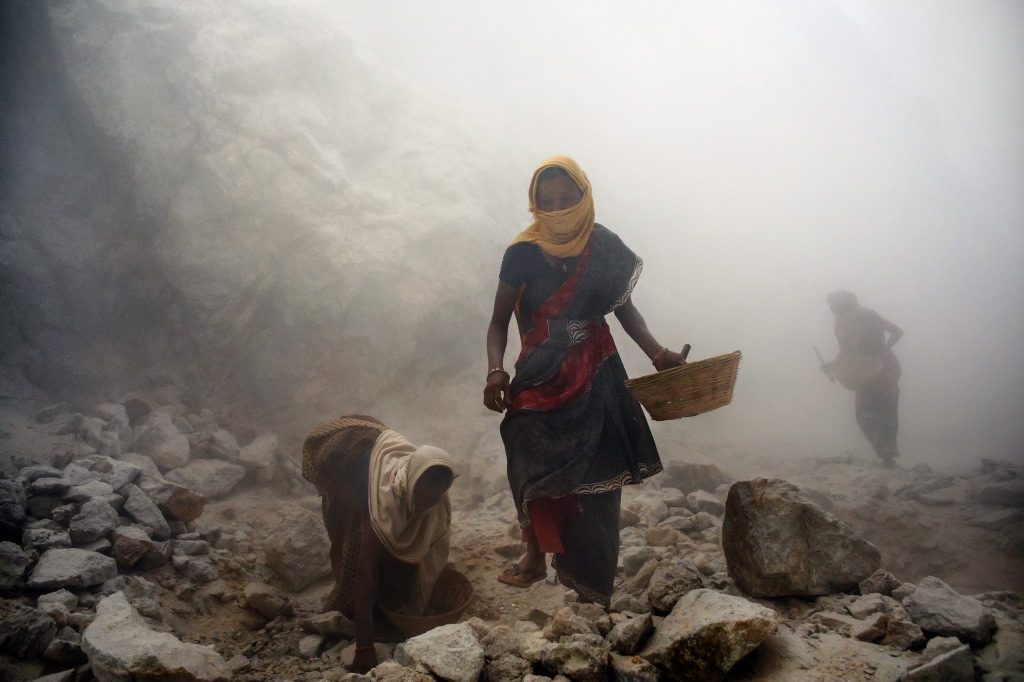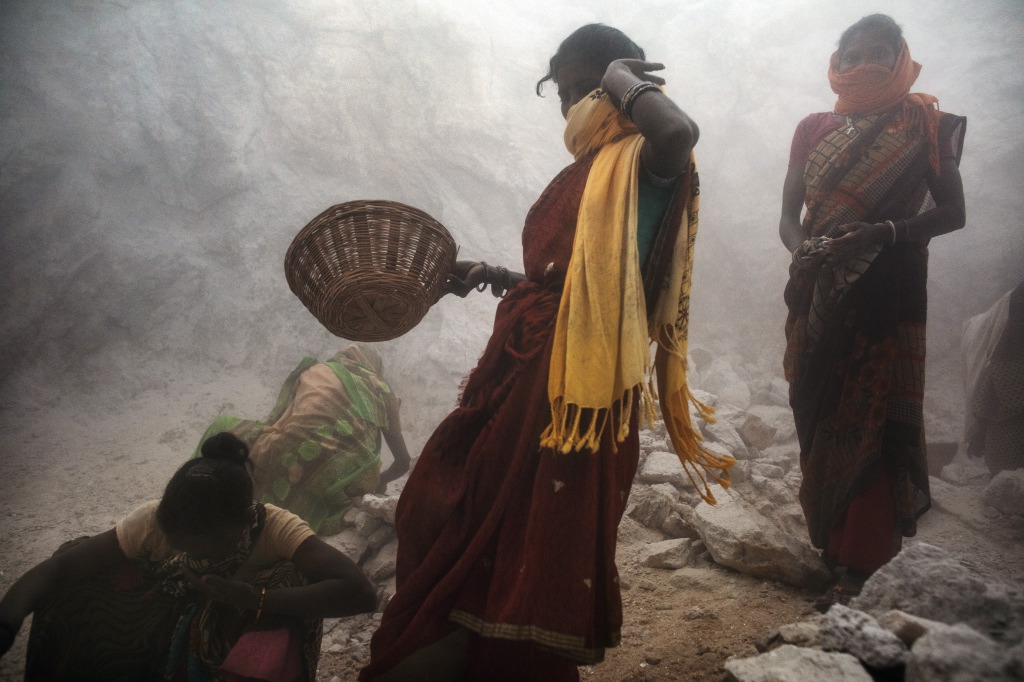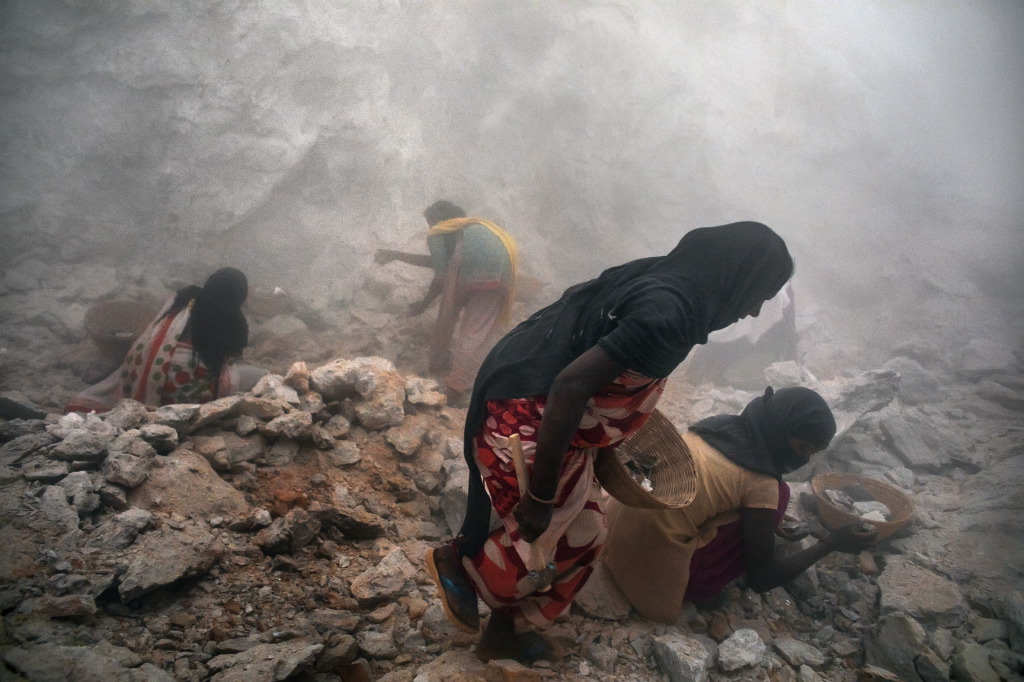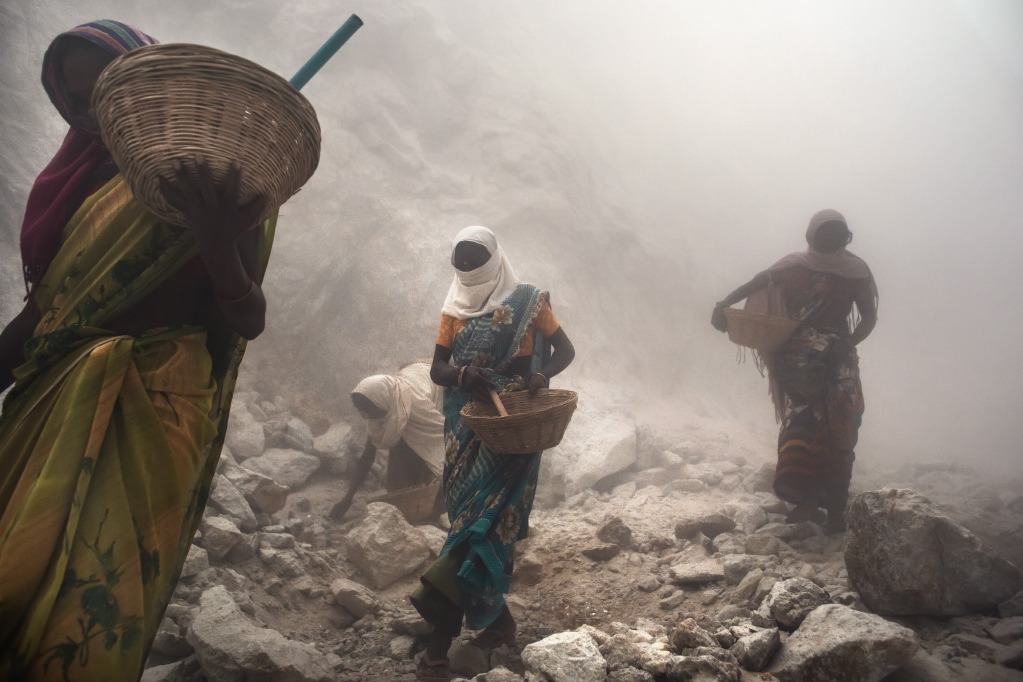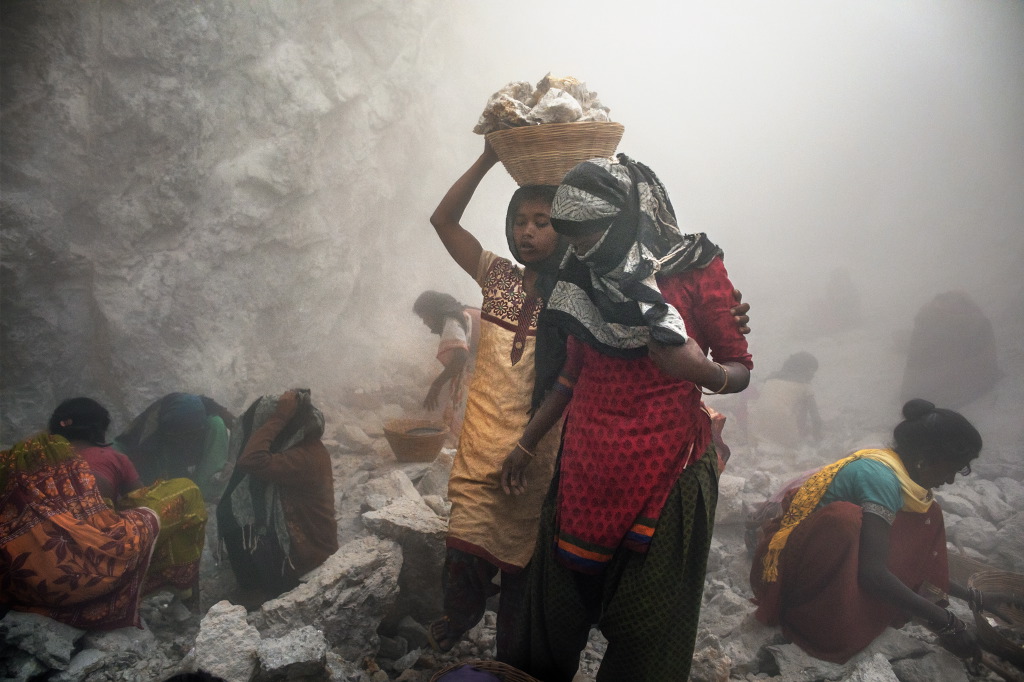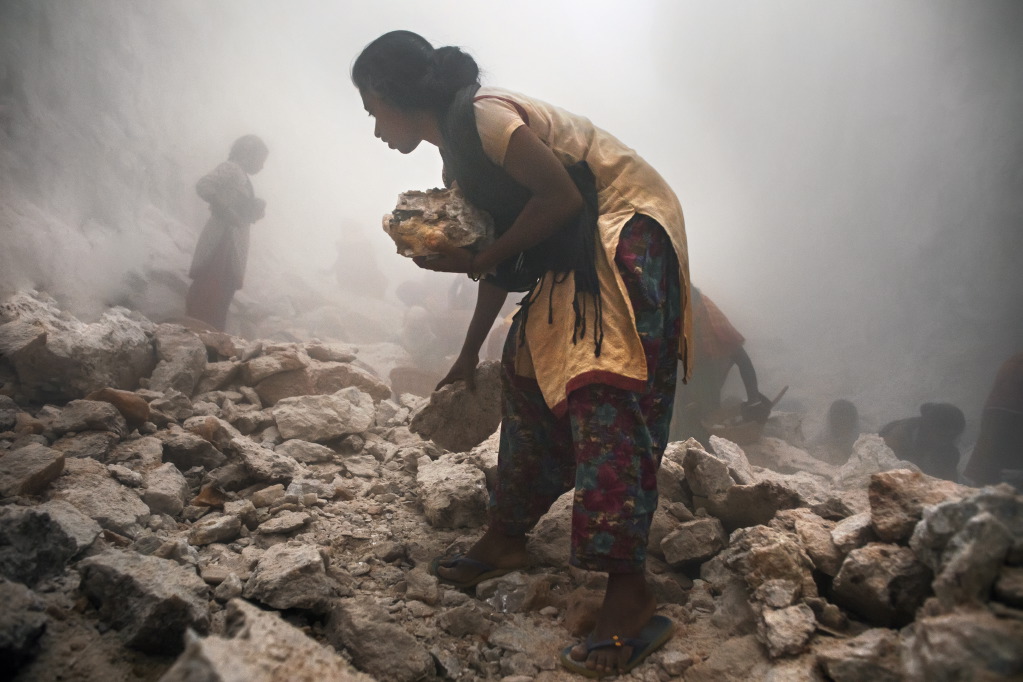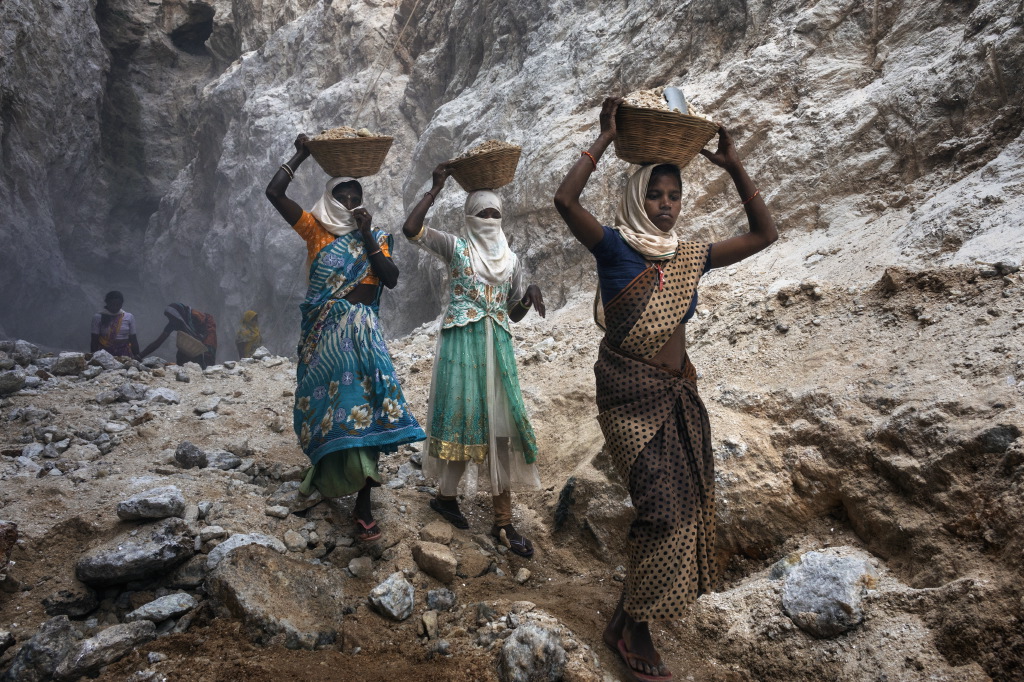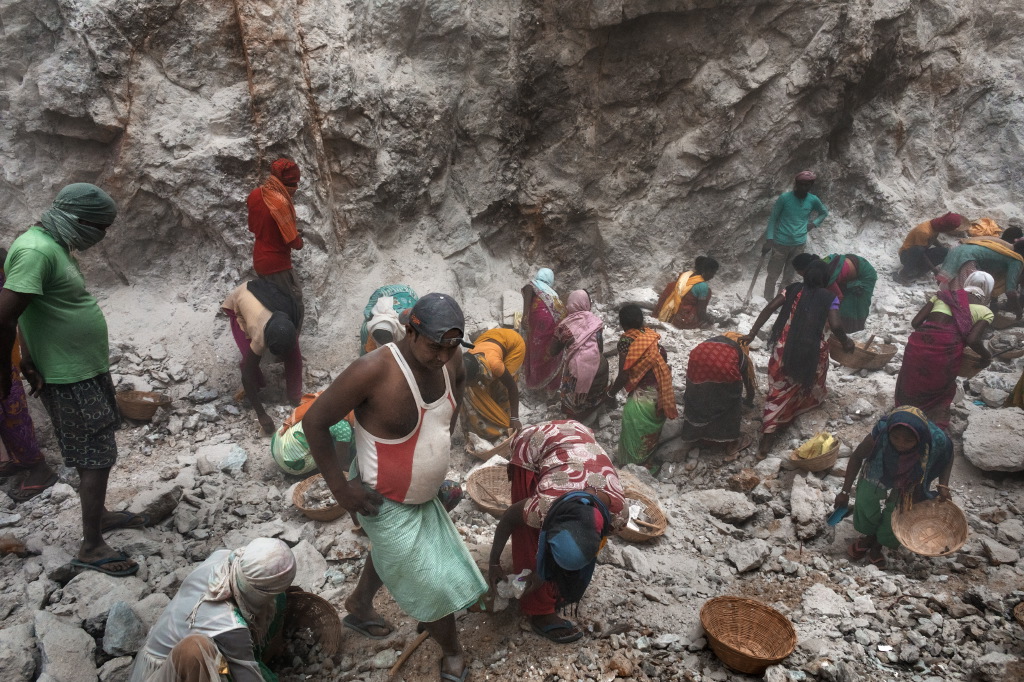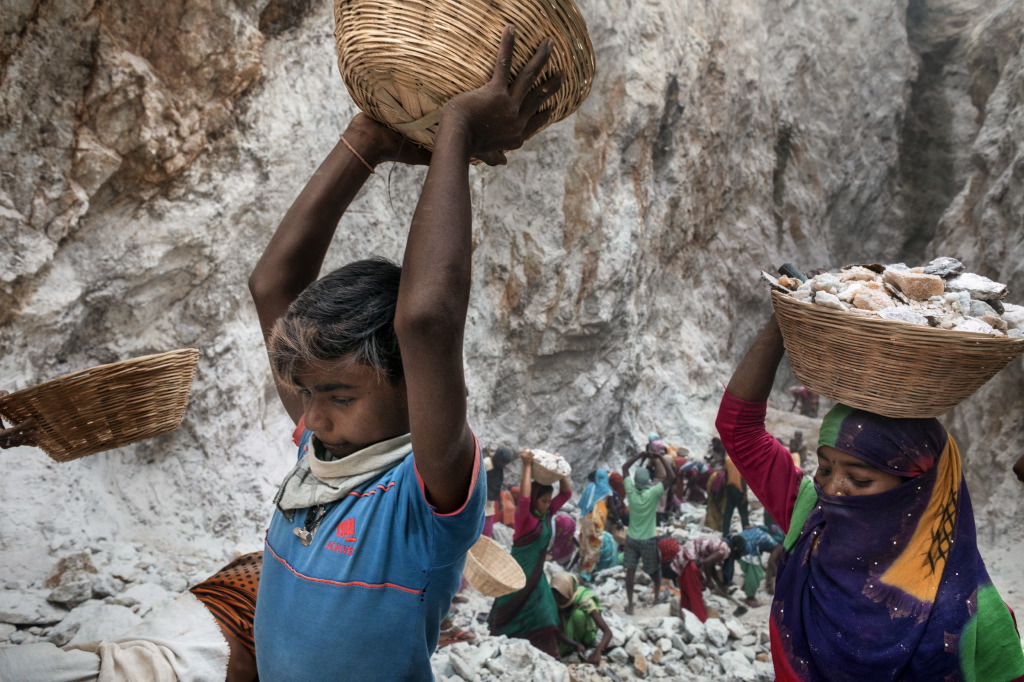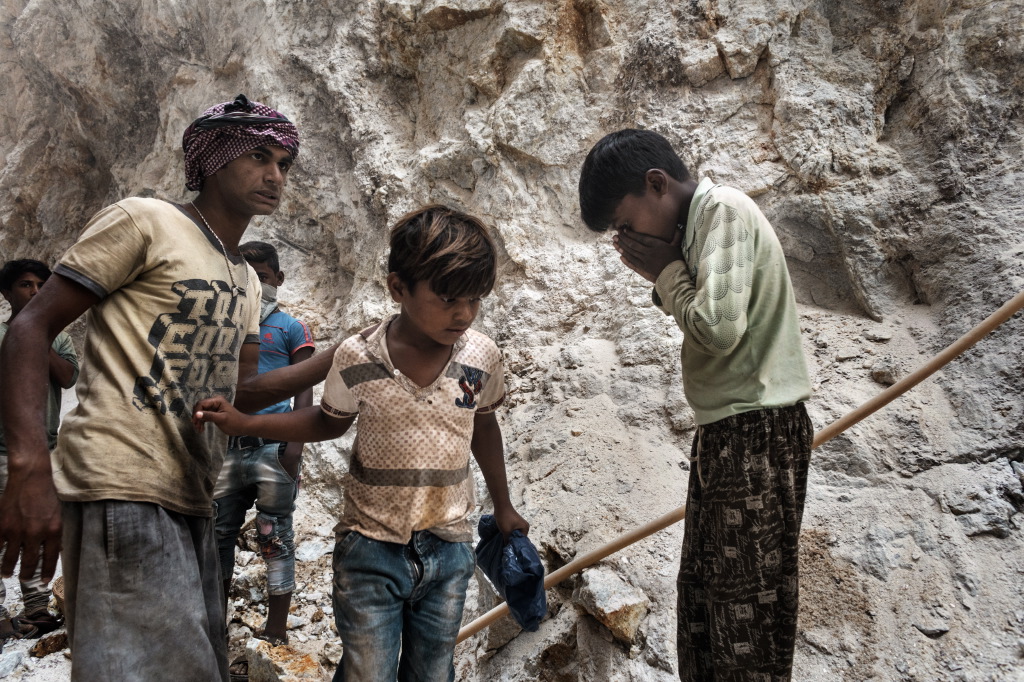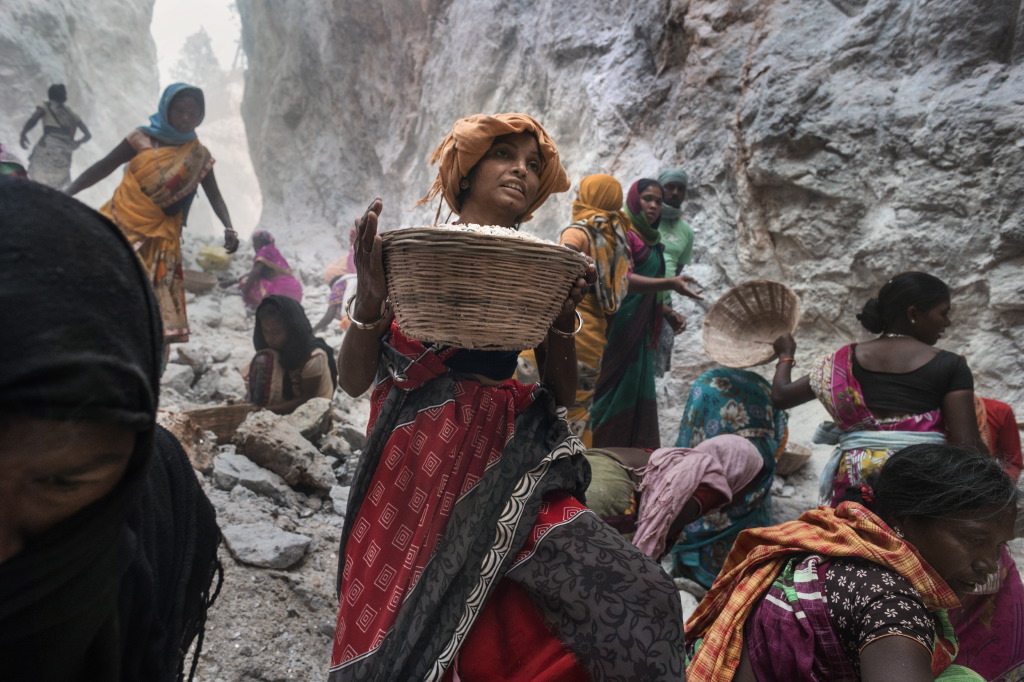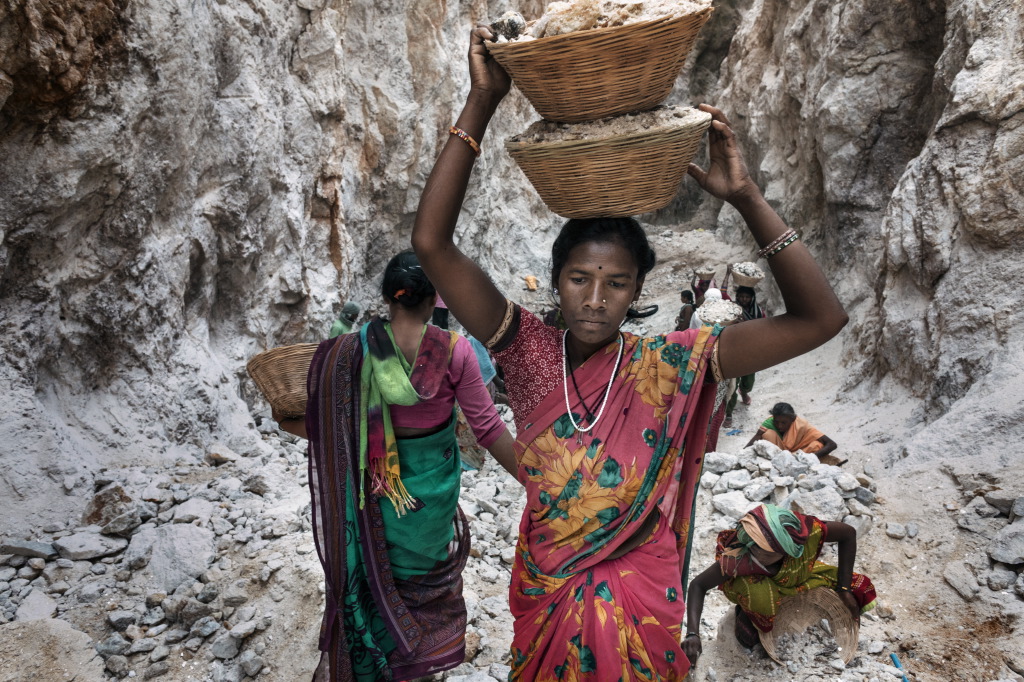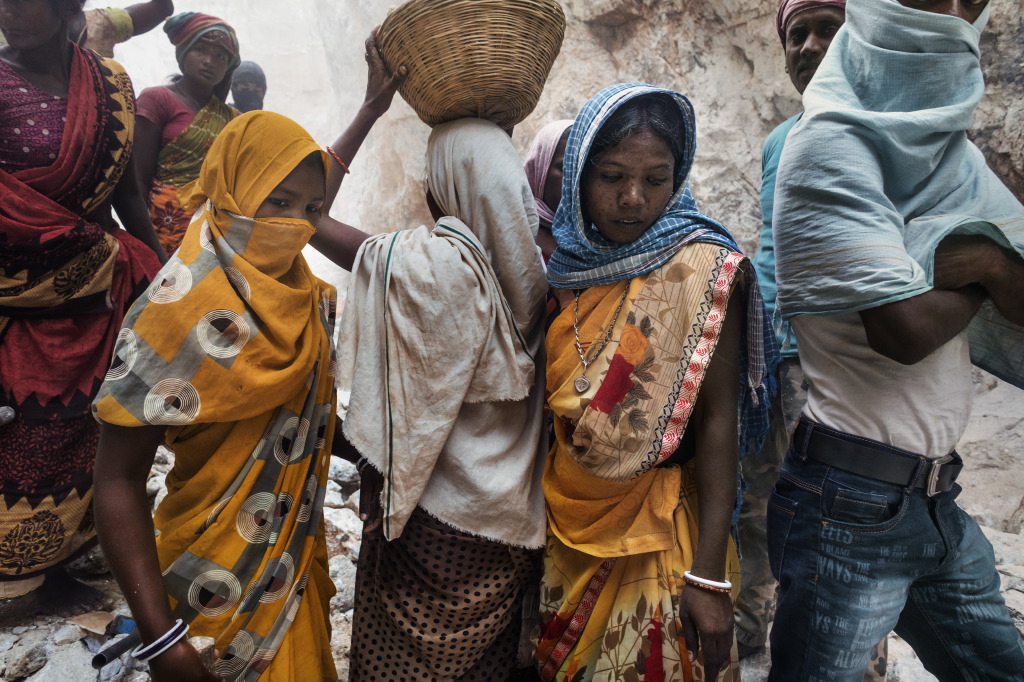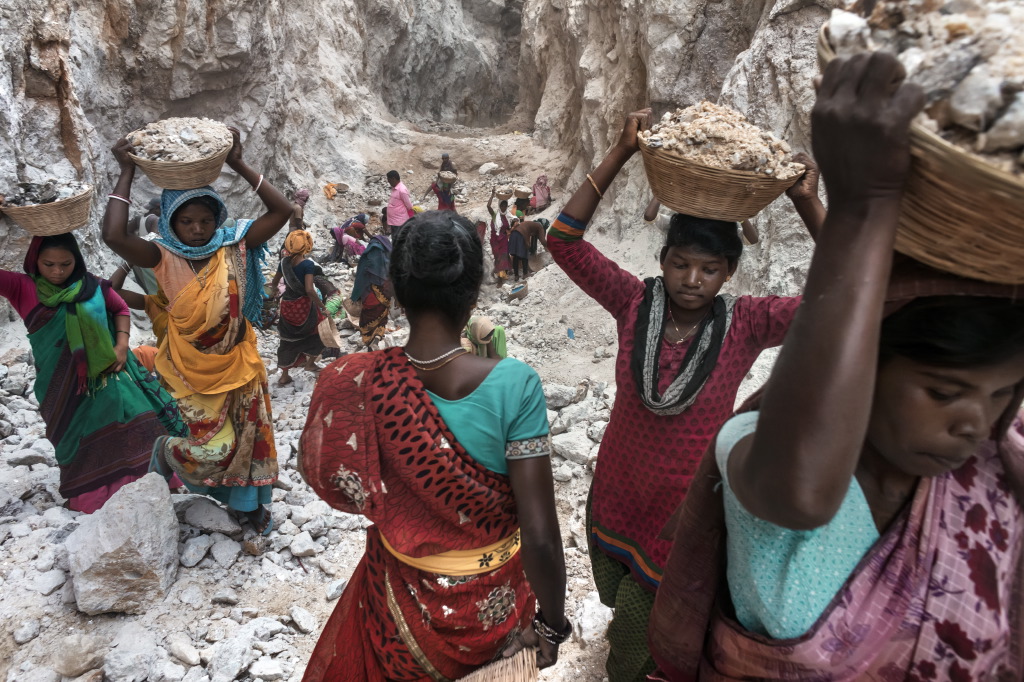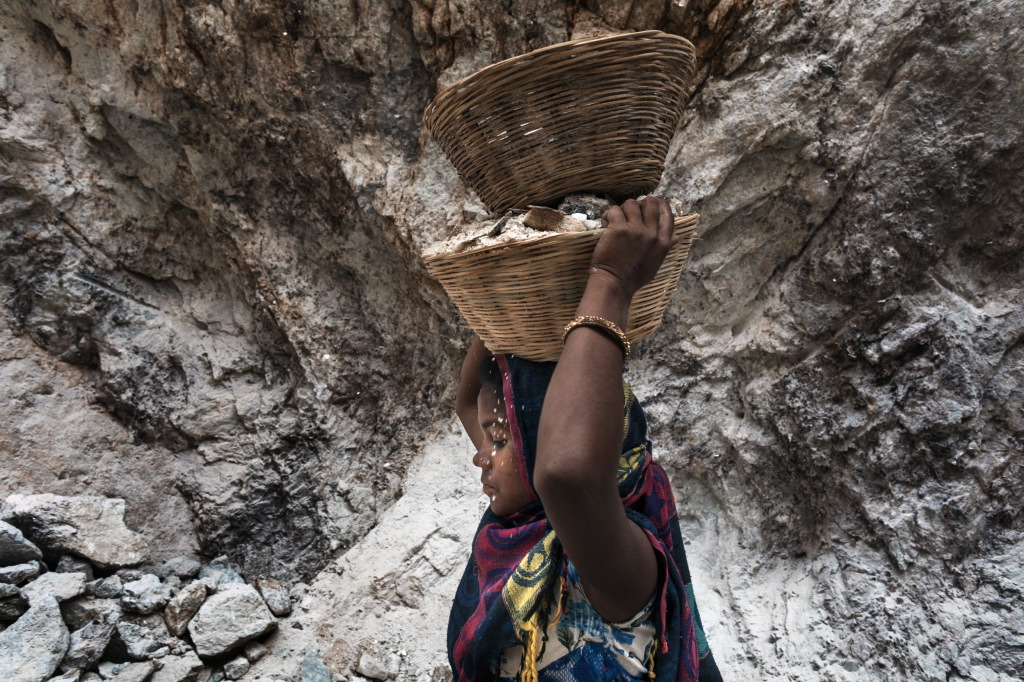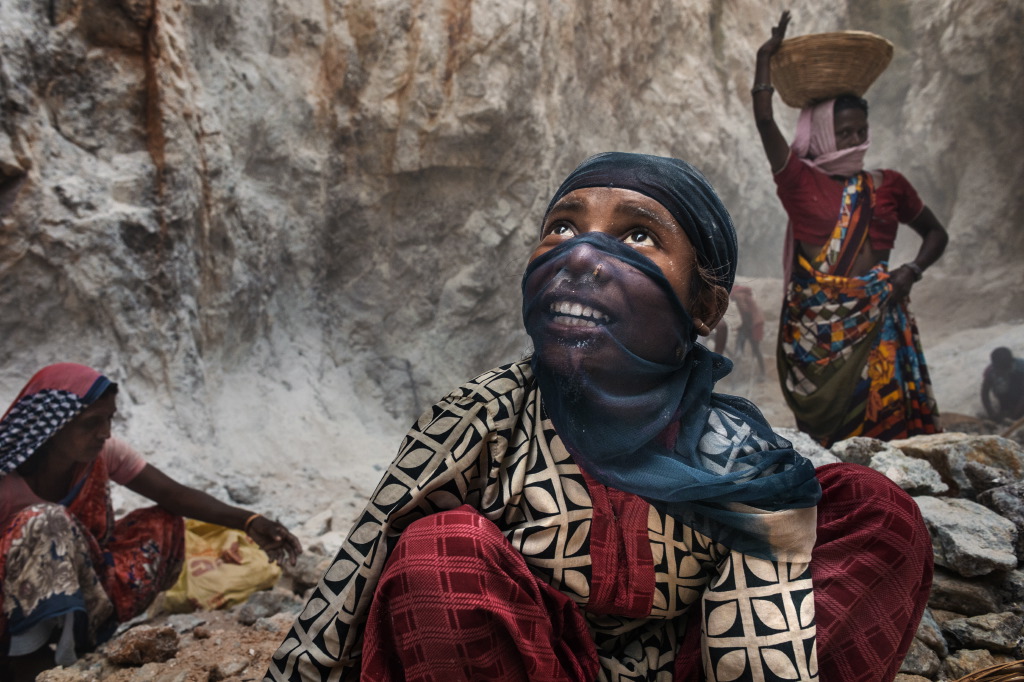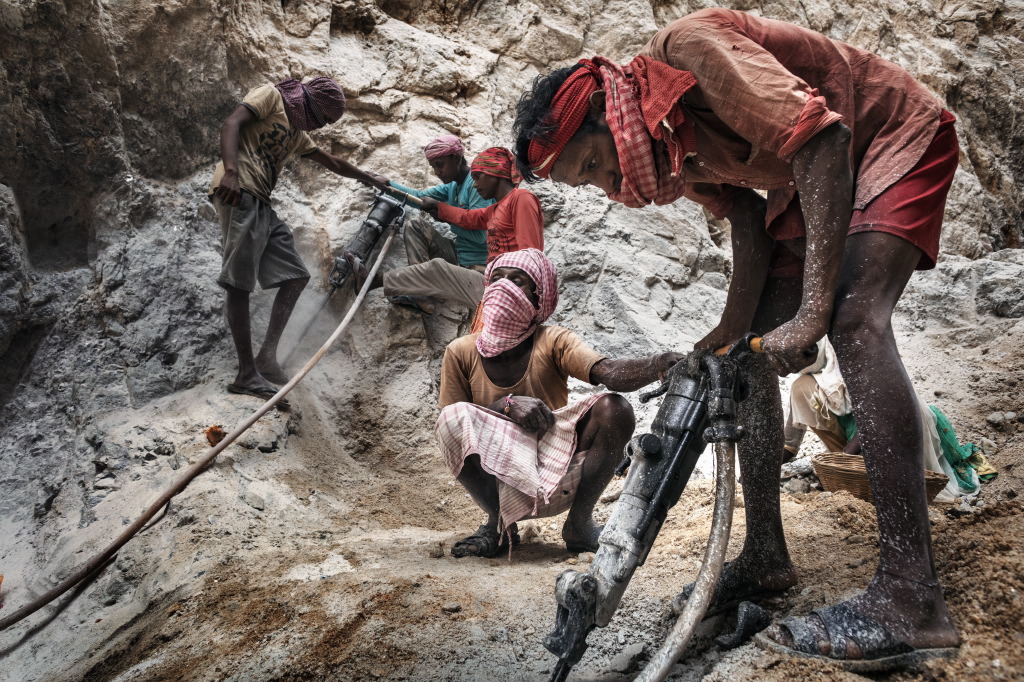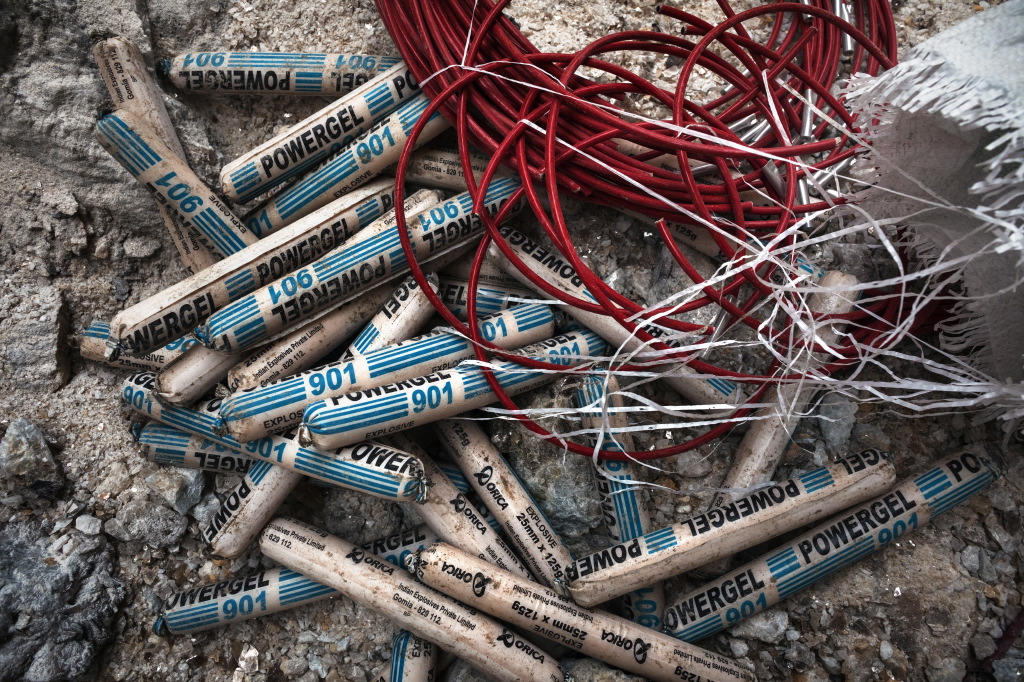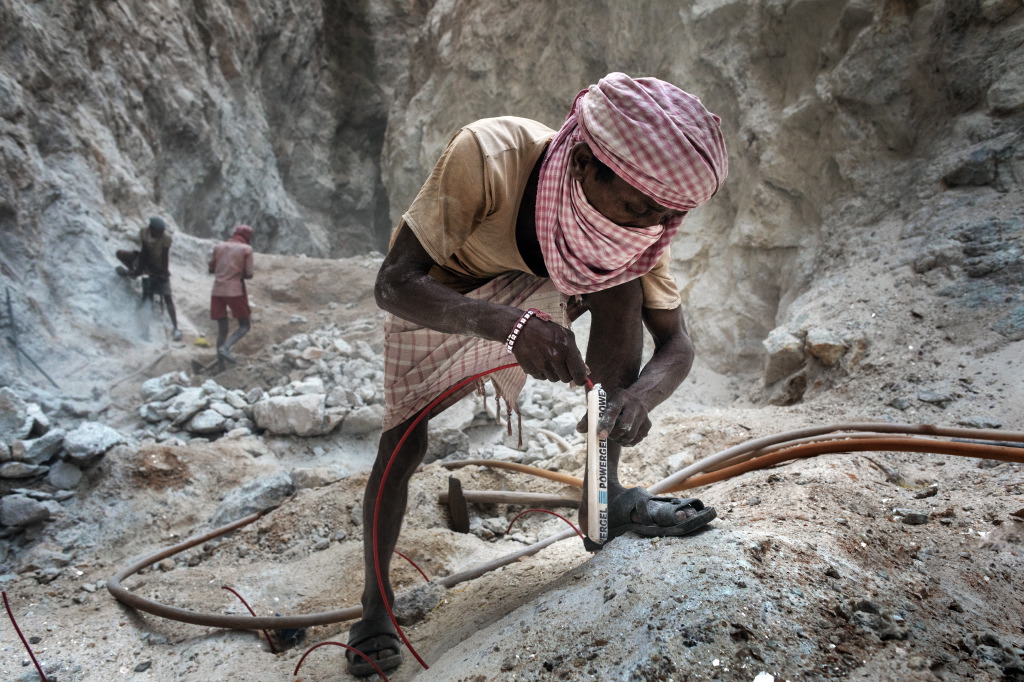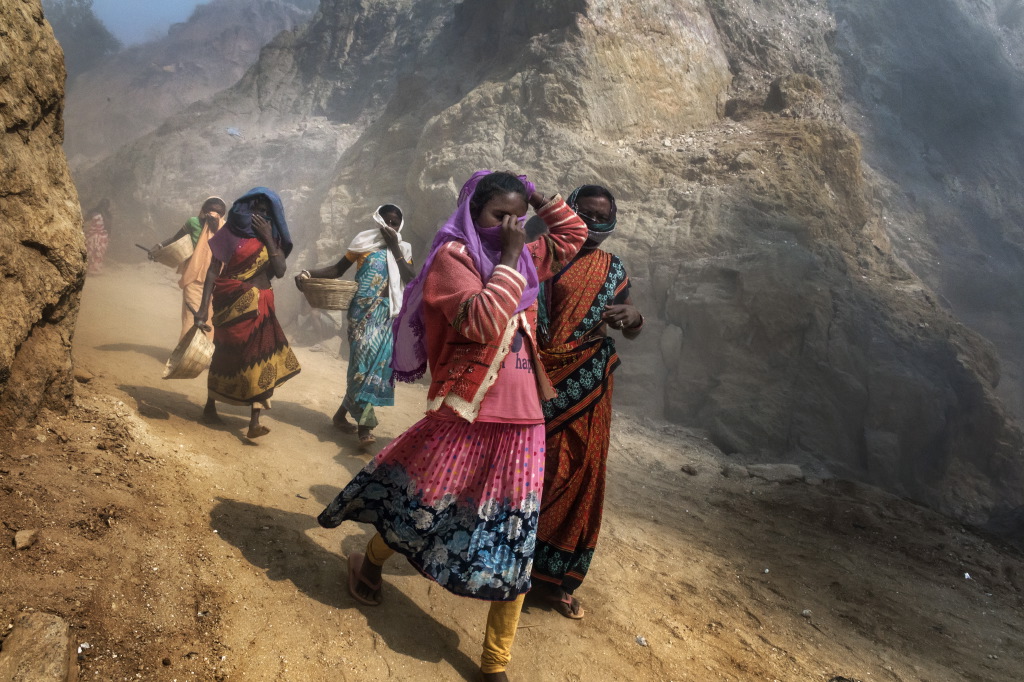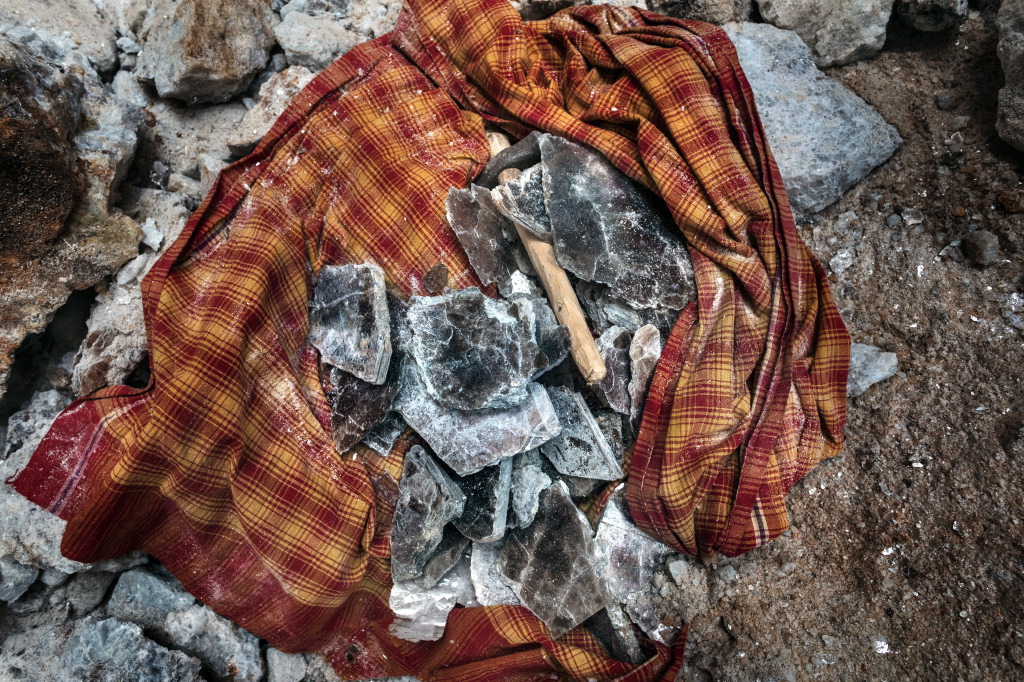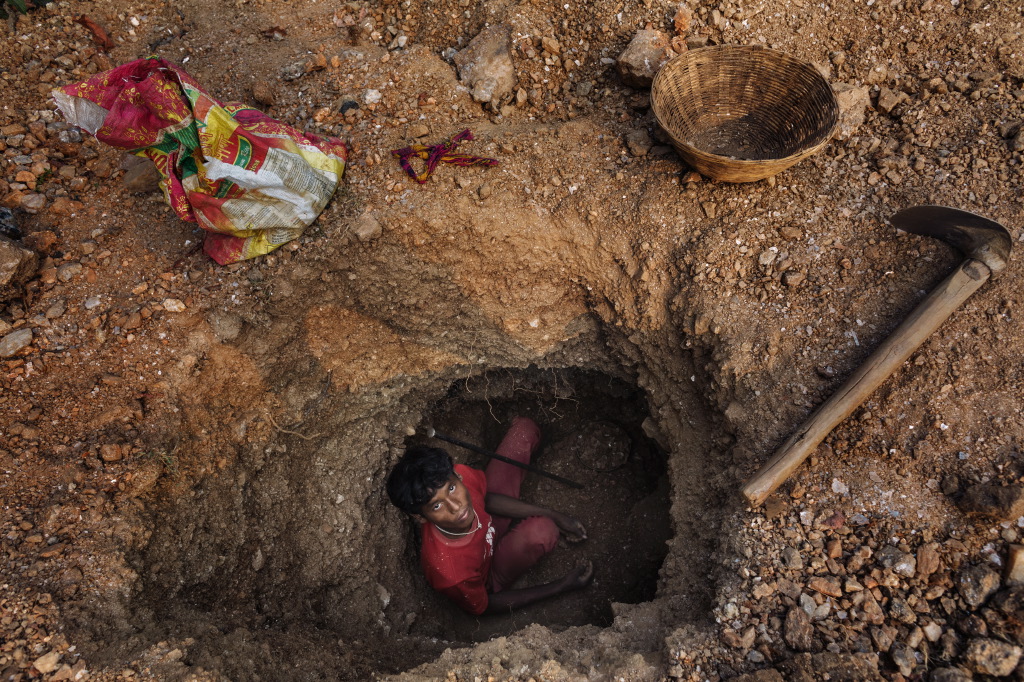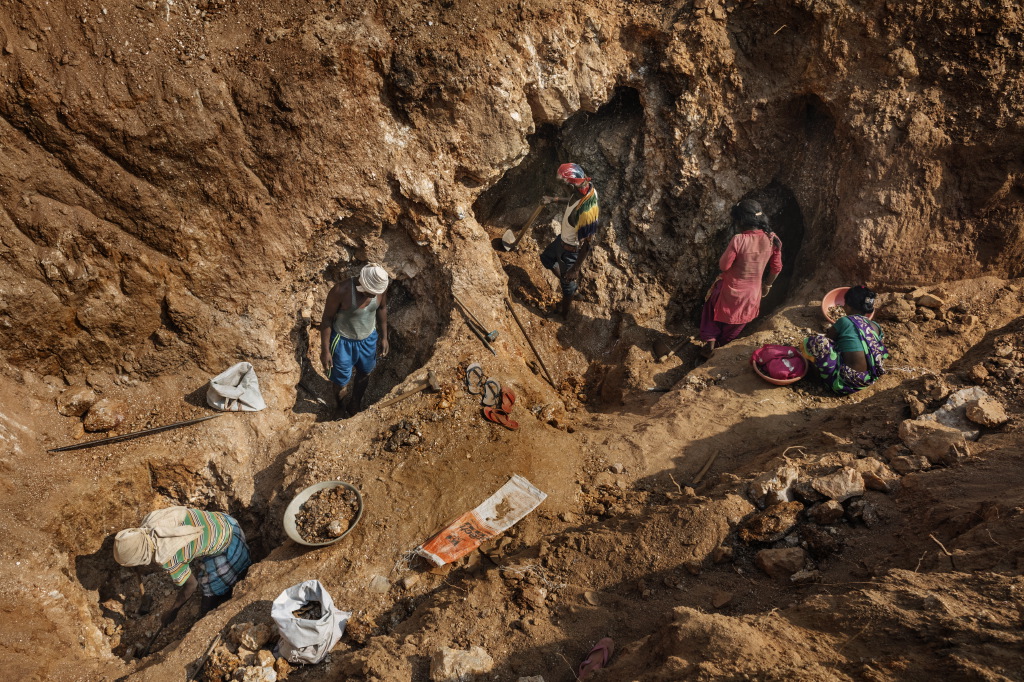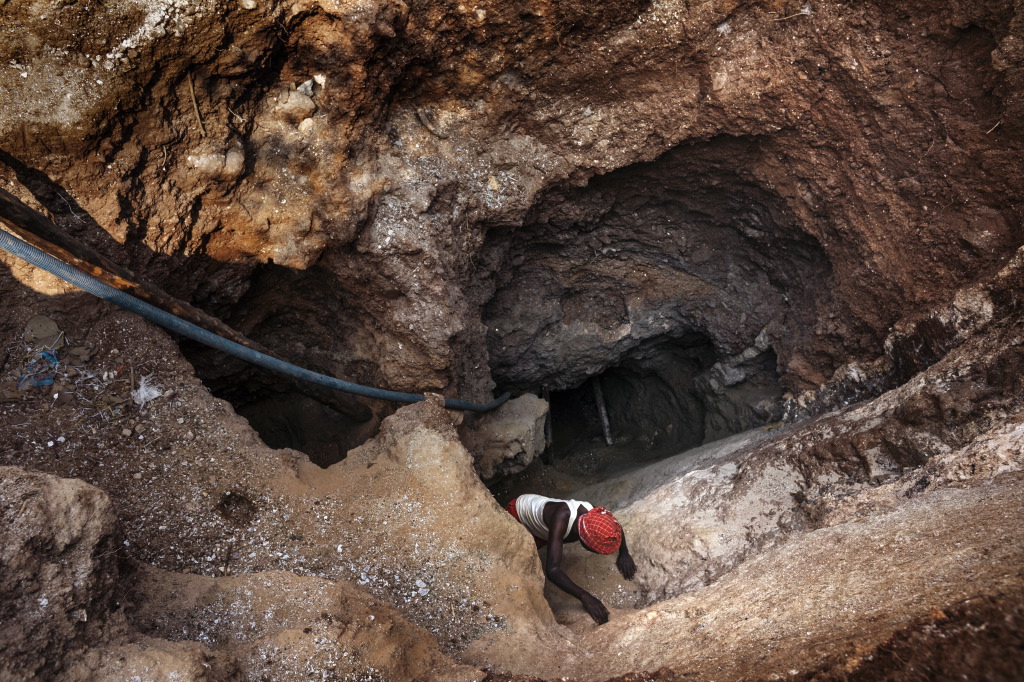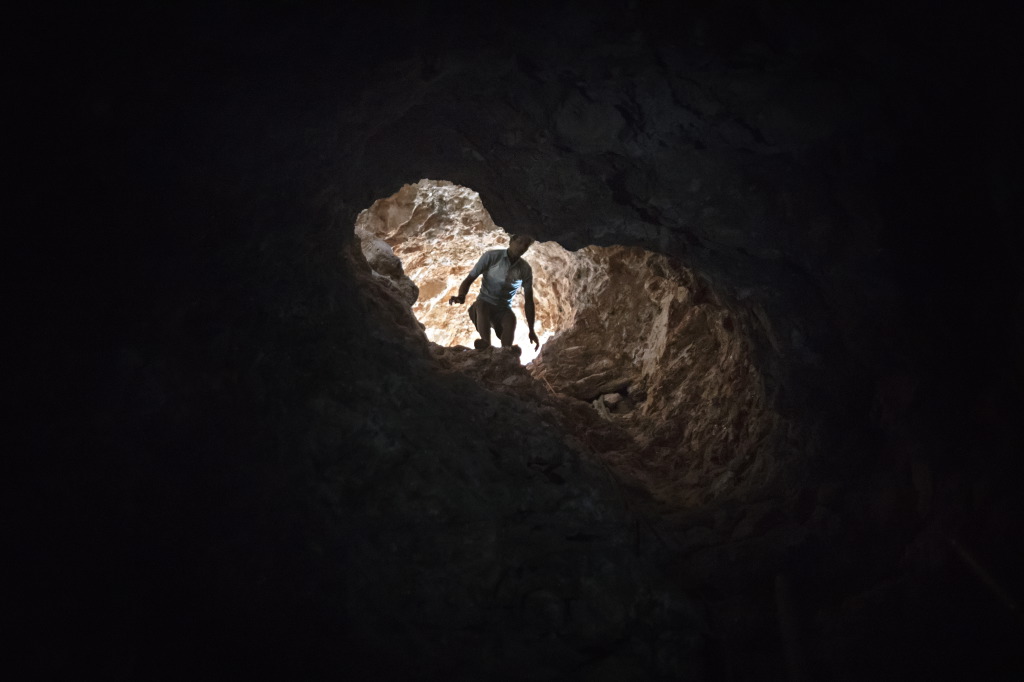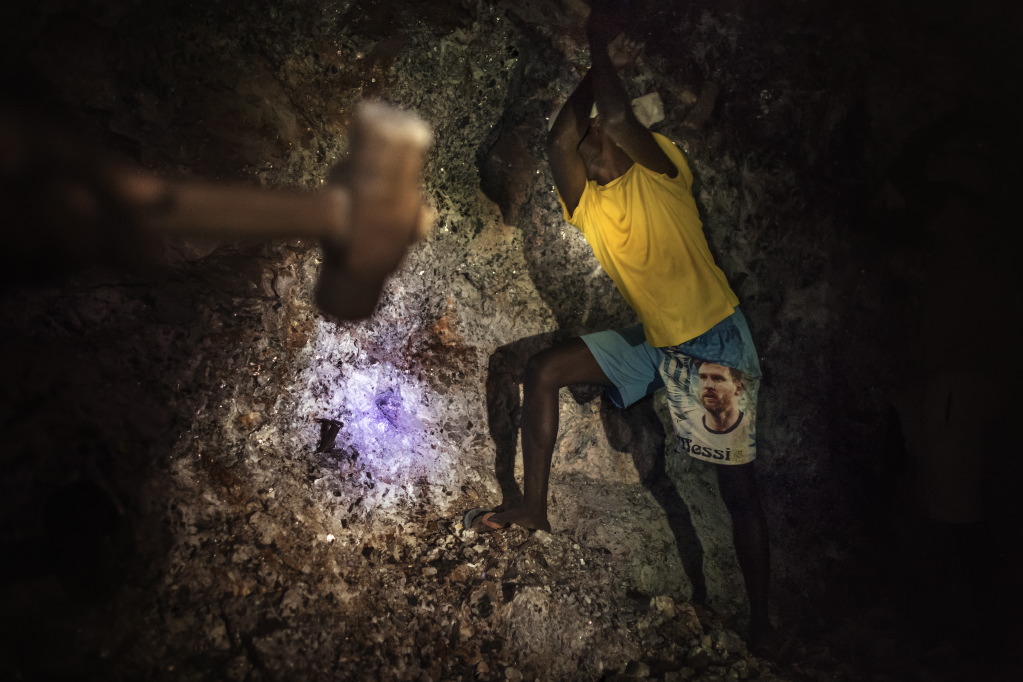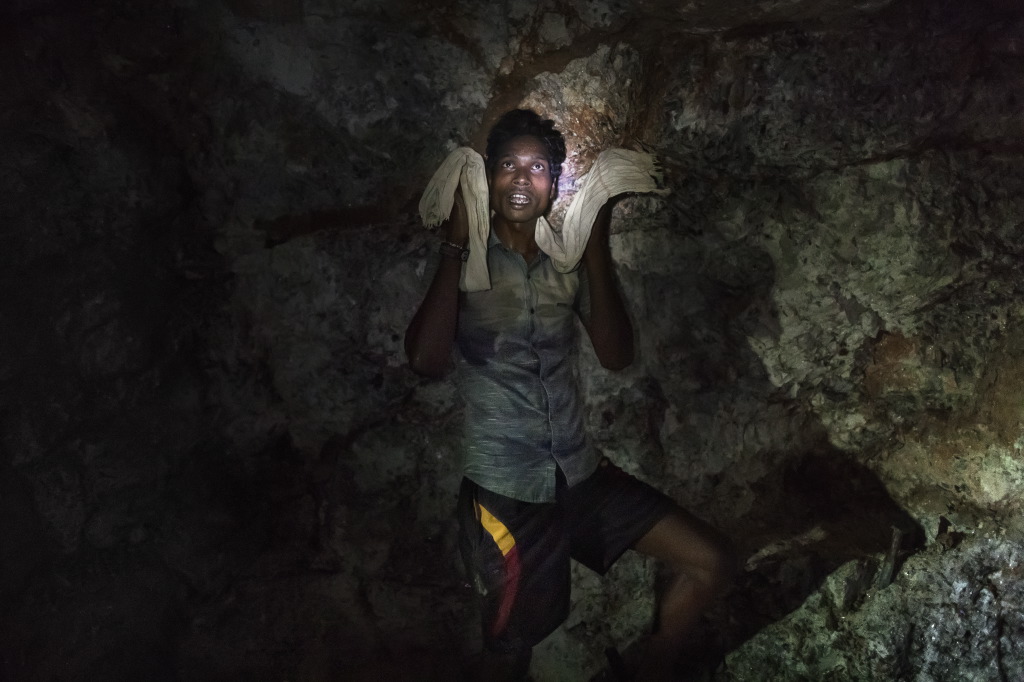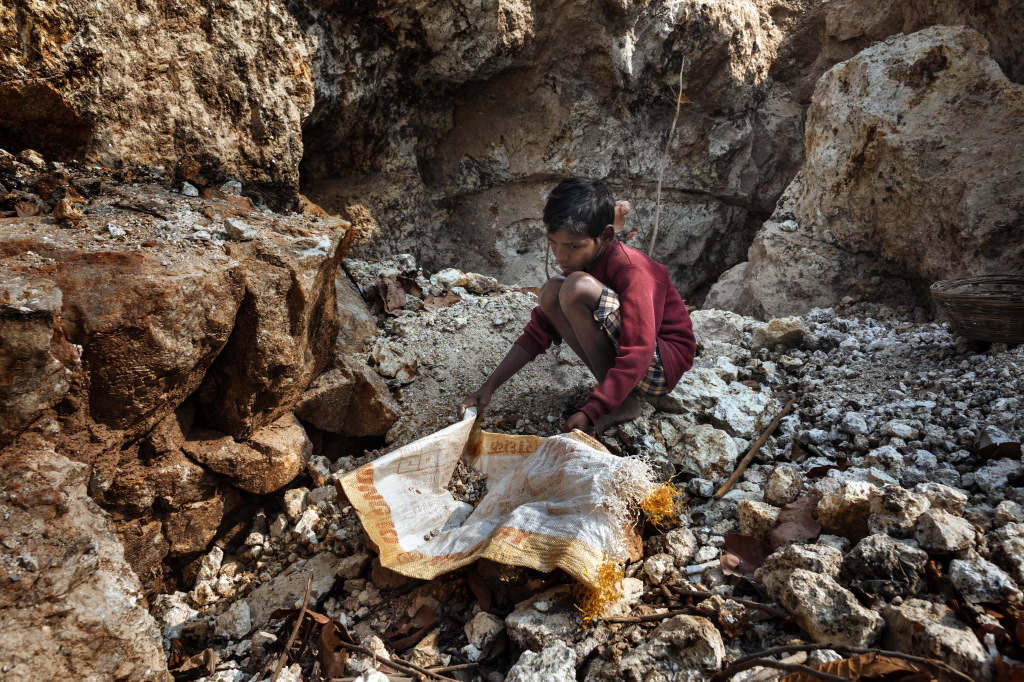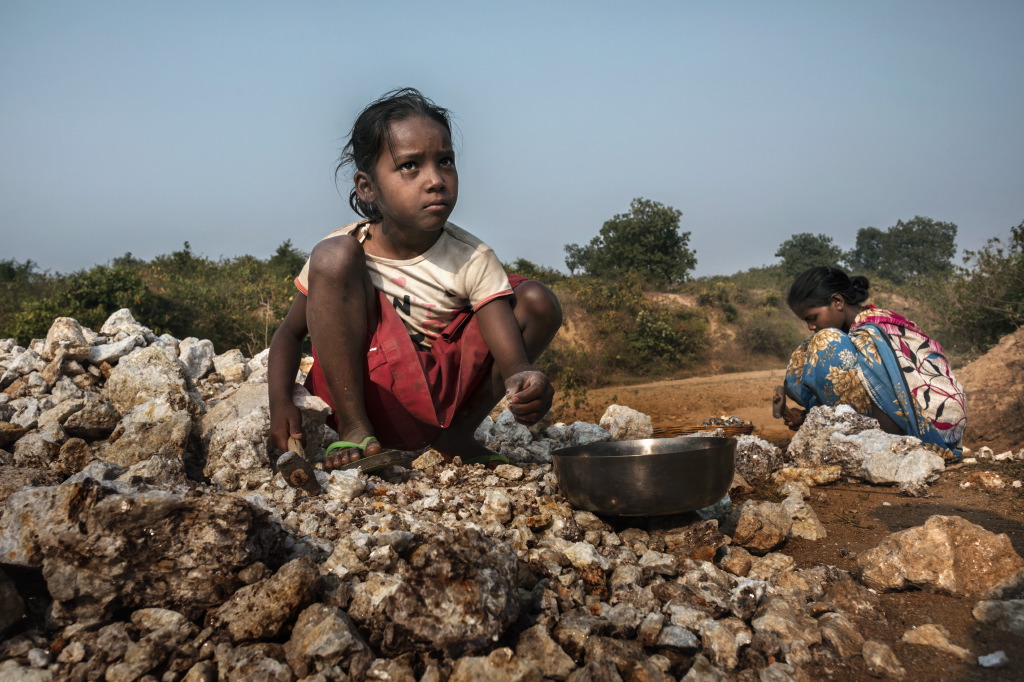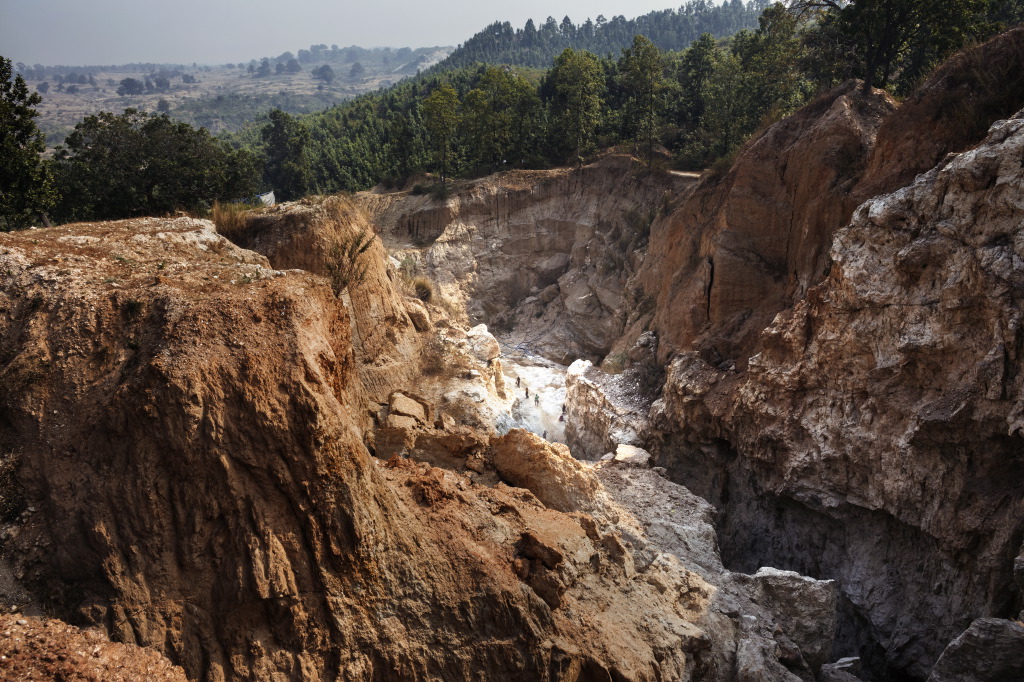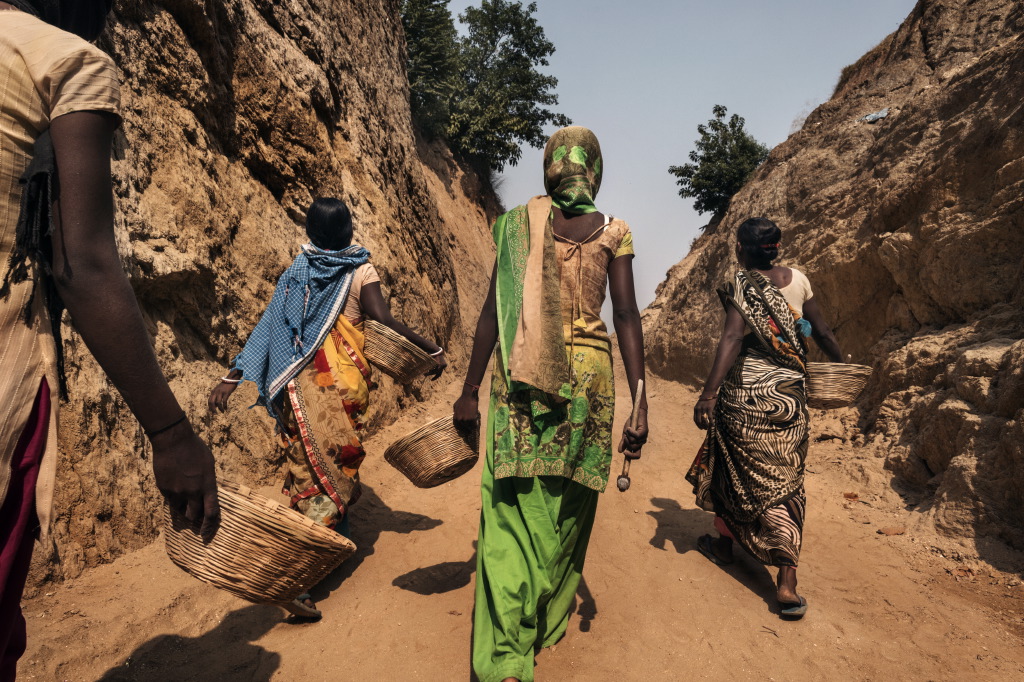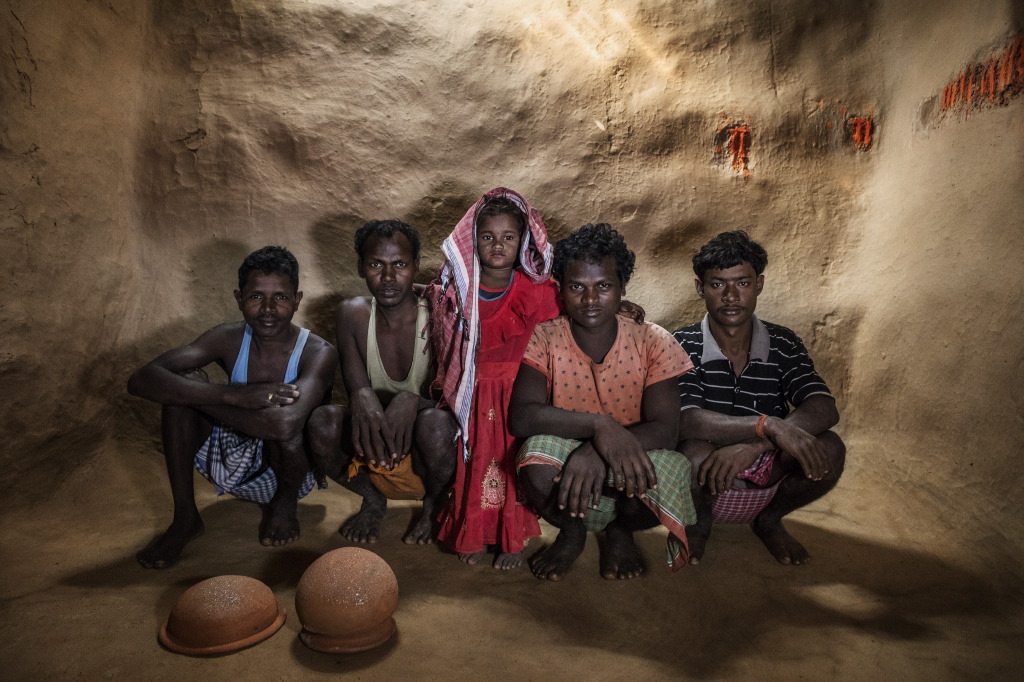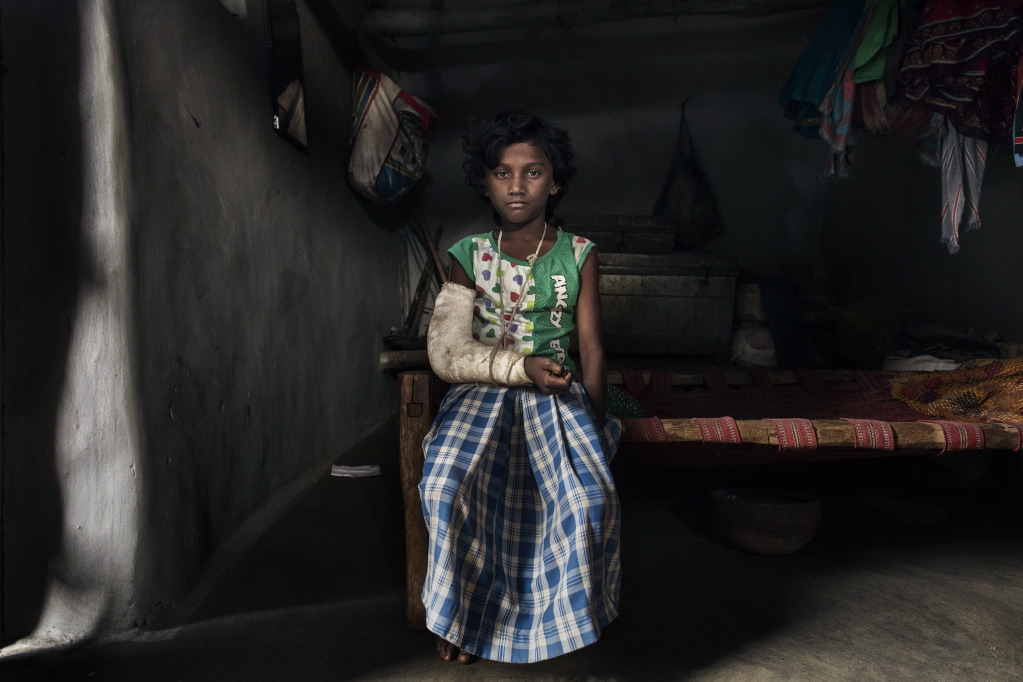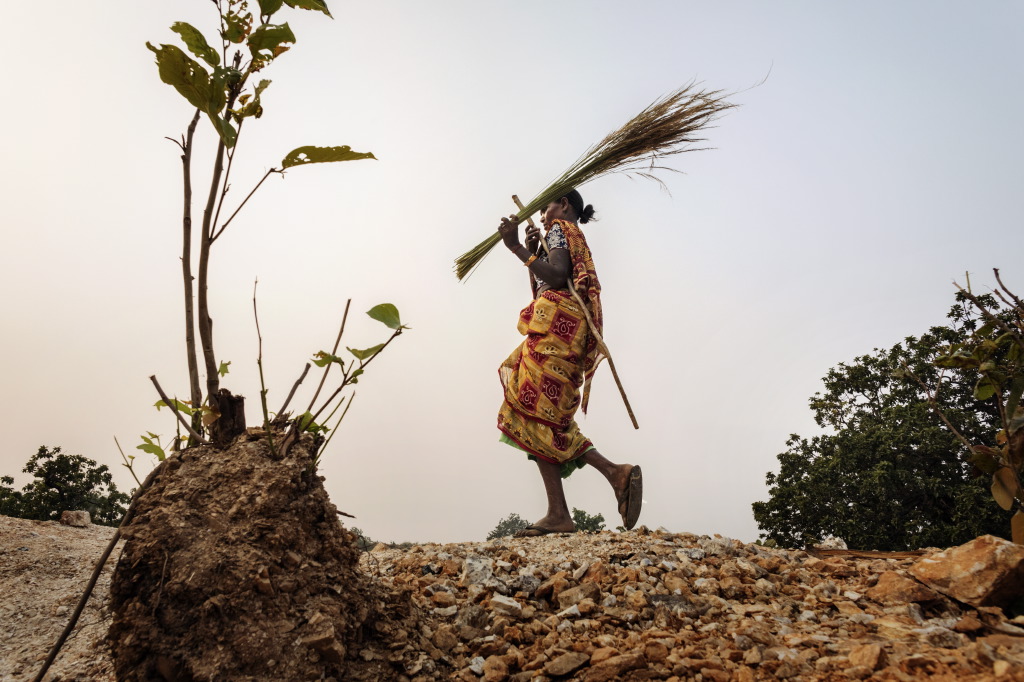X
India is one of the world’s largest producers of Mica, a silver-coloured, crystalline mineral. An extremely versatile mineral essential for the cosmetics industry, which gives shine to eye shadows, skin foundation and lipsticks. A mineral of inestimable value for companies operating in the cosmetics sector, able to create a turnover of billions of Euros in a market that sees amongst its protagonists China, India, United States and the European Union. The lucrative business of the Mica conceals a shameful secret: the massive use of child and women labor to extract the mineral from dangerous mines. India currently produces 60% of Mica in the planet, most of which comes from Jharkhand. But since 1980, when the forest protection law came into force, almost all legal mines have been shut down, pushing the industry into hiding. Today, the extraction involves twenty thousand abusive miners, mostly illiterate and landless farmers, at the mercy of agents, intermediaries and exporters who manage a complex network of abuse and forced labor. The World Labor Organization (ILO) has classified mining work as one of the worst forms of child labor. And the conditions in the wells where Mica is extracted are no exception. In fact, mines are very dangerous places: collapses and other accidents, related to the use of dangerous tools, such as the use of dynamite, are very frequent. During the process of Mica extraction, women and children breathe large amounts of silicon dust that deposits in their lungs, exposing them to the risk of developing silicosis. A potentially lethal lung disease. Indian law forbids children below the age of 18 to work in mines and other hazardous industries, but many families living in utmost poverty depend on children to boost household incomes which average around 200 rupees (Euro 2.00) per day. (text by Muriel de Meo).
